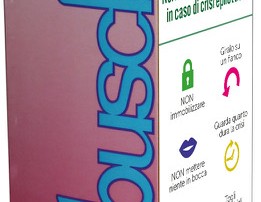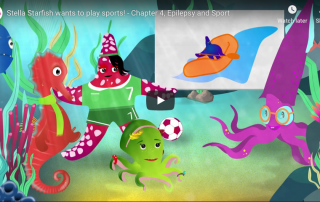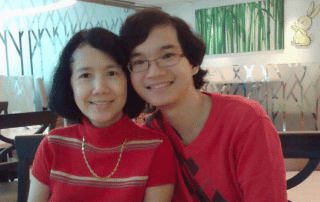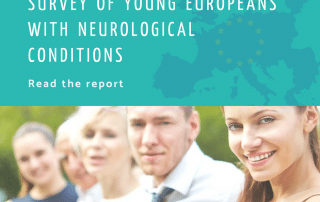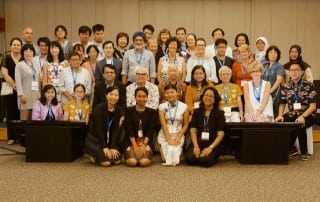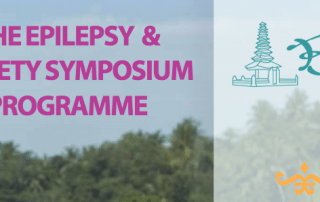International Epilepsy Day Video Competition Results
As part of our International Epilepsy Day celebrations for 2019, we invited you to enter a video competition. The competition, open to everyone, had two categories: My Personal Story and Educational Video. Winning videos have been selected based on their success in telling an inspiring personal story or in using a novel means of increasing knowledge and awareness of epilepsy. In each category, there is one 1st Prize of US$500 and five Runners’ Up prizes of US$100. We are delighted to announce the winners, below: Category 1: My Personal Story 1st Prize Winner: Linda Cambell (Scotland), ‘Zoned Out’ Runners Up: Farah (Fatemeh) Abbasi Siar (Iran), ‘My Dream is a world without war’ Ng, Wai Hung (Hong Kong), ‘A Big Boy Story’ Delyma Asnydar SS (Indonesia), ‘A Sweet And Short Journey of An Epilepsy Warrior’ Yvette Barrera-Molina (USA), ‘Some Super Heros Fight Crime, Mine Fights Epilepsy’ Jess McCallum (Australia), ‘Jess McCallum She Beast’ Watch the Category 1 Runner Up videos here Category 2: Educational Video 1st Prize Winner: Epilepsy Foundation (USA), ‘Taking Charge of the Storm Jr.’ Runners Up: Cairo University Epilepsy Unit (Egypt), Pregnancy Awareness Norsk Epilepsiforbund (Norway), How to handle an epileptic seizure Epilepsy Action (UK), Ali’s story: taking my medicine Youth on the Move (Kenya), [...]


